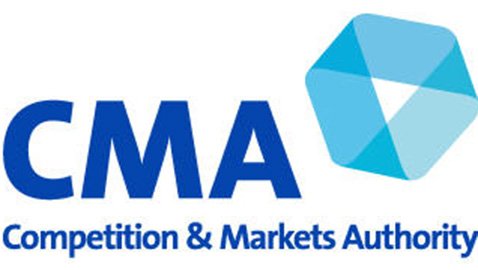The government has asked the Competition and Markets Authority (CMA to assess the likely impact of the latest proposals for the divestment of Williams & Glyn for competition in the UK banking sector, in order for the government and RBS to identify if more could be done.
The government said the divestment of Williams & Glyn represents an opportunity to improve competition in the small business banking sector, and claimed announcement is another step in the government’s long term plan to improve competition in banking, and create a banking sector that gives real choice to retail and small business customers and supports the wider economy.
The Williams & Glyn business consists of 307 bank branches in the UK, including the RBS branches in England and Wales, and NatWest branches in Scotland. The government expects Williams & Glyn to be able to act as a strong competitive challenger to the incumbent banks, which is the basis for the government today asking for the CMA’s view.
As part of its role in deciding whether to authorise Williams & Glyn, the PRA will also assess whether the bank has a viable and sustainable business model.
In addition to the work being undertaken by the PRA, the government is asking the CMA to assess the likely impact on competition of the new bank, taking account of changes made to its business plan and shape and preliminary feedback from the PRA.
The CMA will report its findings in July 2015. HM Treasury and RBS will then consider the CMA’s findings and agree appropriate next steps.
Under the terms of the revised State aid decision by the European Commission of April 2014, in return for the support which RBS received from HM Treasury in 2008 and 2009, RBS is required to divest the Williams & Glyn business by 31 December 2017. This review will not alter the current divestment timetable and RBS is committed to divesting the Williams & Glyn business by 31 December 2017.
















